Author:Baby & Adult Diaper Materials FROM:Diaper Materials Manufacturer TIME:2023-09-28
Understanding the Science Behind Waterproof Fabric Diaper Materials
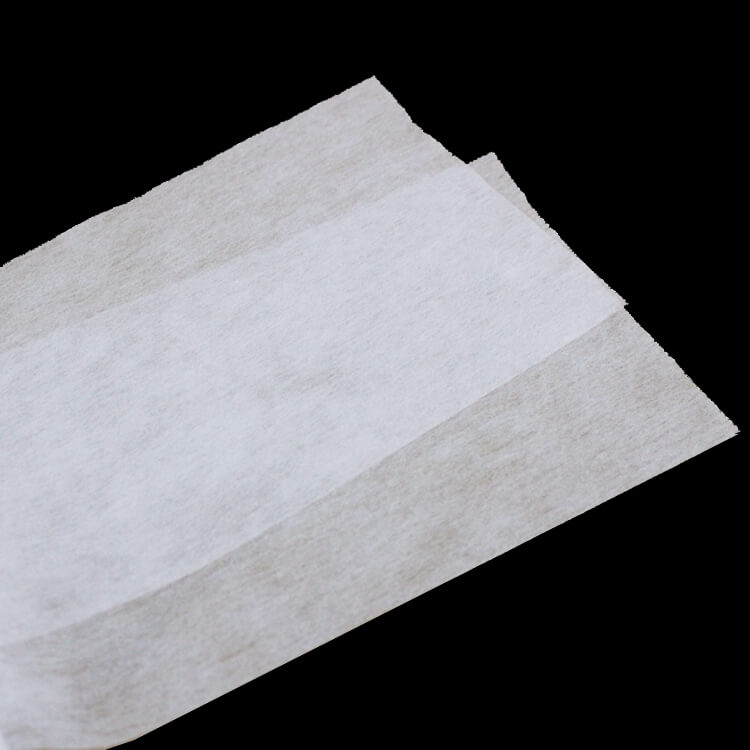
In recent years, there has been a growing trend towards using cloth diapers instead of disposable ones due to environmental concerns and cost-effectiveness. One essential feature of cloth diapers is their ability to be waterproof, preventing leaks and keeping babies dry. But have you ever wondered how these fabrics achieve their waterproof properties? In this article, we will delve into the science behind waterproof fabric diaper materials, exploring the technologies and materials that make them effective.
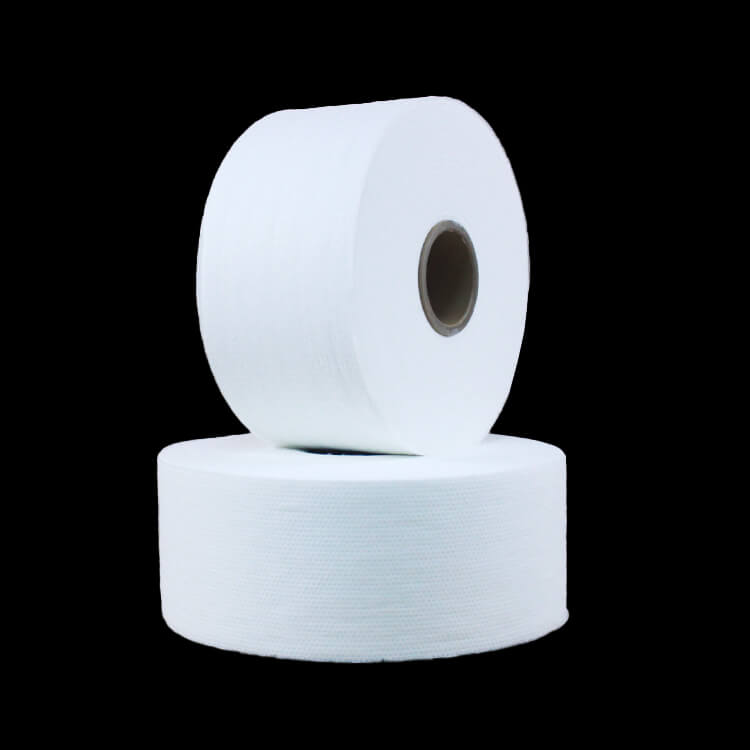
PUL is a popular material used in waterproof fabric diapers. It consists of a layer of polyurethane laminated onto a fabric base, often polyester or cotton. The polyurethane layer acts as a barrier that prevents liquid from passing through, making it an ideal choice for diaper covers. The process of lamination involves bonding the layers together using heat and pressure, creating a durable and waterproof fabric.
PUL has excellent waterproofing properties because it is not permeable to water molecules. The polyurethane layer creates a physical barrier that repels liquids, ensuring that the diaper remains dry even when wet. Additionally, PUL is breathable, allowing air to circulate while maintaining the waterproof integrity. This feature is crucial for preventing diaper rash and providing comfort to babies.
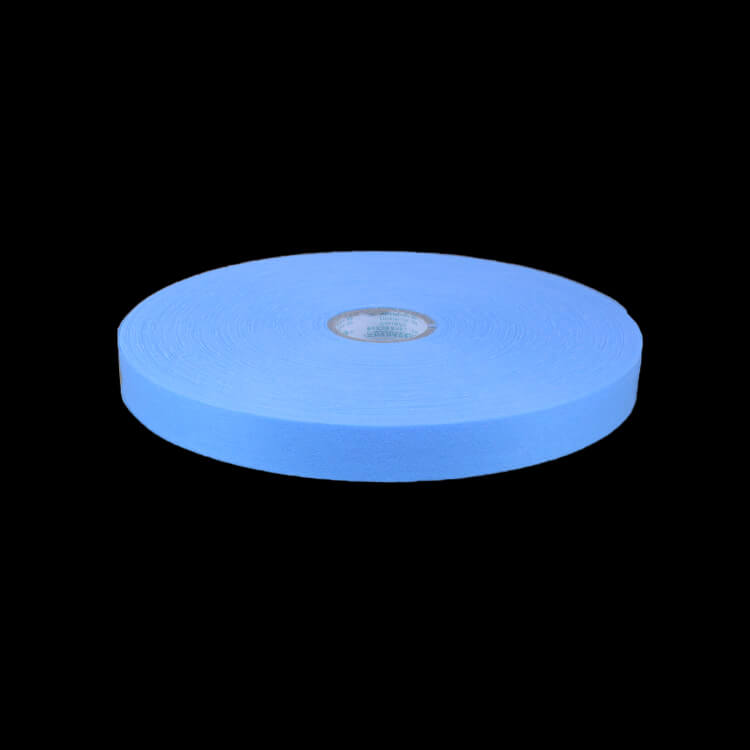
TPU is another commonly used material in waterproof fabric diapers. Similar to PUL, TPU is a polyurethane-based material that is resistant to water penetration. However, TPU is thermoplastic, which means it can be melted and reformed without significant degradation in its properties. This characteristic makes TPU flexible and stretchable, providing a snug fit and allowing freedom of movement for the baby.
One key advantage of TPU over PUL is its eco-friendliness. TPU does not contain harmful chemicals such as phthalates and lead, making it a safer choice for both babies and the environment. Additionally, TPU is more resistant to wear and tear, ensuring that the waterproofing properties of the fabric remain intact even after multiple washes.
While the outer layer of cloth diapers is responsible for the waterproofing, microfiber inserts play a crucial role in absorbing and locking away moisture. Microfiber inserts are made from synthetic materials like polyester or nylon, which have high absorbency rates. These materials are designed to quickly wick away moisture from the baby's skin and distribute it evenly throughout the insert.
Microfiber inserts consist of countless tiny fibers with a large surface area, allowing them to hold a significant amount of liquid. This feature helps prevent leaks and keeps the baby dry for an extended period. Moreover, microfiber inserts are lightweight and quick-drying, reducing the overall drying time of the cloth diapers.
The science behind waterproof fabric diaper materials combines the use of innovative technologies and carefully selected materials to create effective and reliable products. PUL and TPU provide excellent waterproofing properties while ensuring breathability and flexibility. Microfiber inserts enhance absorbency and promote comfort for babies. By understanding the science behind these materials, parents can make informed choices when selecting cloth diapers for their little ones, contributing to a greener and more sustainable future.
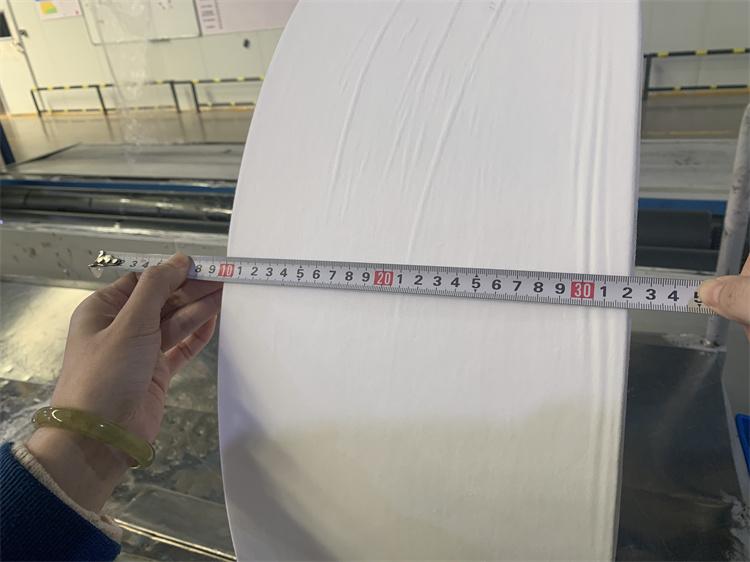
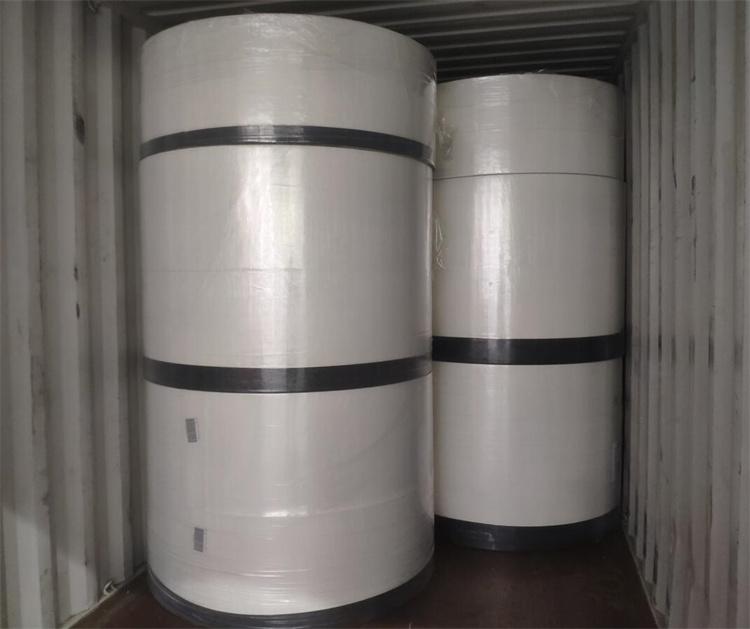
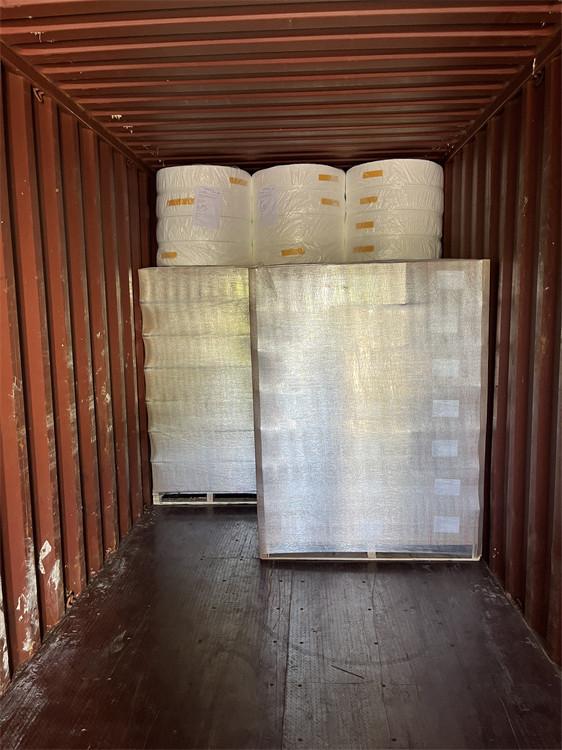
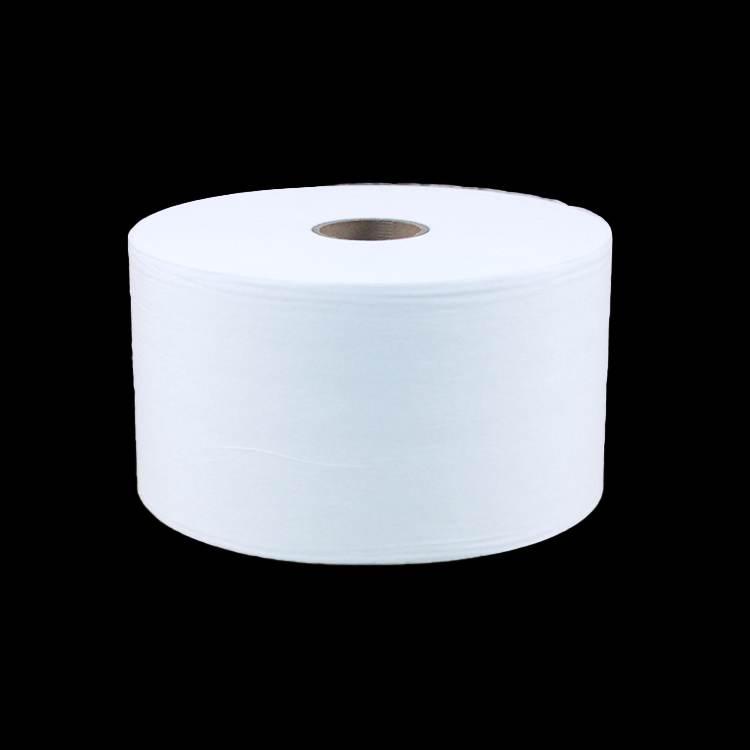

 Email: info@whldiapernonwoven.com
Email: info@whldiapernonwoven.com
 MP/WhatsApp: +86-13599937366
MP/WhatsApp: +86-13599937366
 Manufacturer Address:Room 1105B, Bld M1, Manhattan, Yulongwan, Shimao, Shuanglong Road, Meiling Street, Jinjiang, Fujian, China
Manufacturer Address:Room 1105B, Bld M1, Manhattan, Yulongwan, Shimao, Shuanglong Road, Meiling Street, Jinjiang, Fujian, China